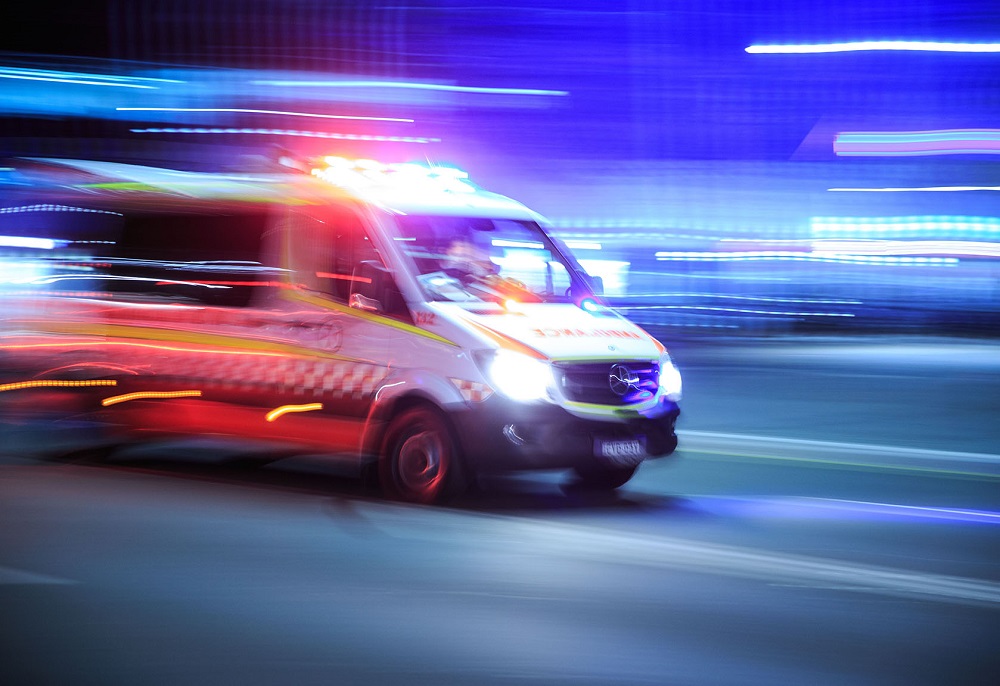Discover effective strategies for swift emergency response. Learn how to be prepared and respond effectively in times of crisis.

In times of crisis, swift and effective emergency response is crucial to ensuring the safety of individuals and minimizing the impact of the situation. Emergency preparedness encompasses a range of strategies and actions aimed at mitigating risks and enabling a rapid and coordinated response. In this blog post, we will explore effective response strategies for emergencies. By being prepared and equipped with the right knowledge and resources, individuals and communities can respond swiftly and effectively when faced with emergencies.
Risk Assessment and Planning
A key aspect of emergency preparedness is conducting risk assessments and creating comprehensive emergency response plans. Consider the following steps:
- Identify Potential Risks: Analyze the specific risks and hazards that are relevant to your location or situation. These may include natural disasters, technological accidents, or health emergencies.
- Assess Vulnerabilities: Evaluate vulnerabilities within your community, organization, or household that could exacerbate the impact of an emergency. This could include infrastructure weaknesses, lack of resources, or communication gaps.
- Develop Response Plans: Create detailed response plans that outline roles and responsibilities, communication protocols, evacuation procedures, and resource allocation. Regularly review and update these plans to ensure they remain relevant and effective.
Establishing Communication Channels
Establishing effective communication channels is essential for coordinating emergency response efforts. Consider the following strategies:
- Emergency Alert Systems: Implement systems that can quickly disseminate emergency alerts and notifications to affected individuals or communities. This may include text messages, sirens, or mobile apps.
- Designated Communication Points: Identify specific locations or platforms where individuals can gather or access information during an emergency. This could include designated meeting points, online forums, or social media channels.
- Collaboration with Local Authorities: Establish partnerships and open lines of communication with local emergency response agencies to ensure a coordinated effort during a crisis.
Training and Education
Proper training and education are crucial for ensuring individuals are equipped with the necessary skills and knowledge to respond effectively during an emergency. Consider the following approaches:
- First Aid and CPR Training: Encourage individuals to undergo first aid and CPR training to provide immediate assistance and support until professional help arrives.
- Emergency Response Drills: Conduct regular drills and simulations to familiarize individuals with emergency response procedures. This helps identify areas for improvement and builds confidence in executing response plans.
- Awareness Campaigns: Launch awareness campaigns to educate the community about potential risks, preparedness measures, and response strategies. This can be done through workshops, seminars, or informational materials.
Building Resilient Infrastructure
Resilient infrastructure plays a vital role in emergency preparedness and response. Consider the following strategies:
- Backup Power Systems: Install backup power systems, such as generators or uninterruptible power supplies, to ensure critical facilities can function during power outages.
- Structural Reinforcement: Strengthen buildings and infrastructure to withstand the impact of natural disasters, such as earthquakes or hurricanes. This may include reinforcing walls, using impact-resistant materials, or implementing seismic design principles.
- Sustainable Water and Food Supply: Develop sustainable water and food supply systems that can sustain individuals or communities during emergencies when access to essential resources may be limited.
The Role of Emergency Vehicle Lights in Response Strategies
Emergency vehicle lights play a crucial role in any effective response strategy. They serve as visual indicators of an ongoing emergency situation, providing immediate information to surrounding individuals and traffic. These bright, often flashing lights, are designed to command attention, ensuring that emergency vehicles can traverse quickly and safely through traffic, while also signaling for other road users to make way. In the realm of emergency preparedness, understanding and respecting the signals of emergency vehicle lights is a fundamental aspect of a community’s collective response protocol.
Community Engagement and Support
Engaging the community and fostering a sense of unity and support is essential for effective emergency response. Consider the following approaches:
- Community Emergency Response Teams: Establish community emergency response teams comprised of trained volunteers who can assist during emergencies and support first responders.
- Collaborative Networks: Foster collaborations between community organizations, businesses, and government agencies to pool resources, share information, and coordinate response efforts.
- Psychological Support: Provide psychological support services to individuals affected by emergencies, as mental well-being is equally important during and after a crisis.
Emergency preparedness is vital for swift and effective response during times of crisis. By conducting risk assessments, establishing communication channels, providing training and education, building resilient infrastructure, and fostering community engagement, individuals and communities can be better equipped to respond to emergencies. Remember, preparedness starts with each individual taking responsibility for their own safety and the safety of others. By working together, we can minimize the impact of emergencies and protect lives and livelihoods.